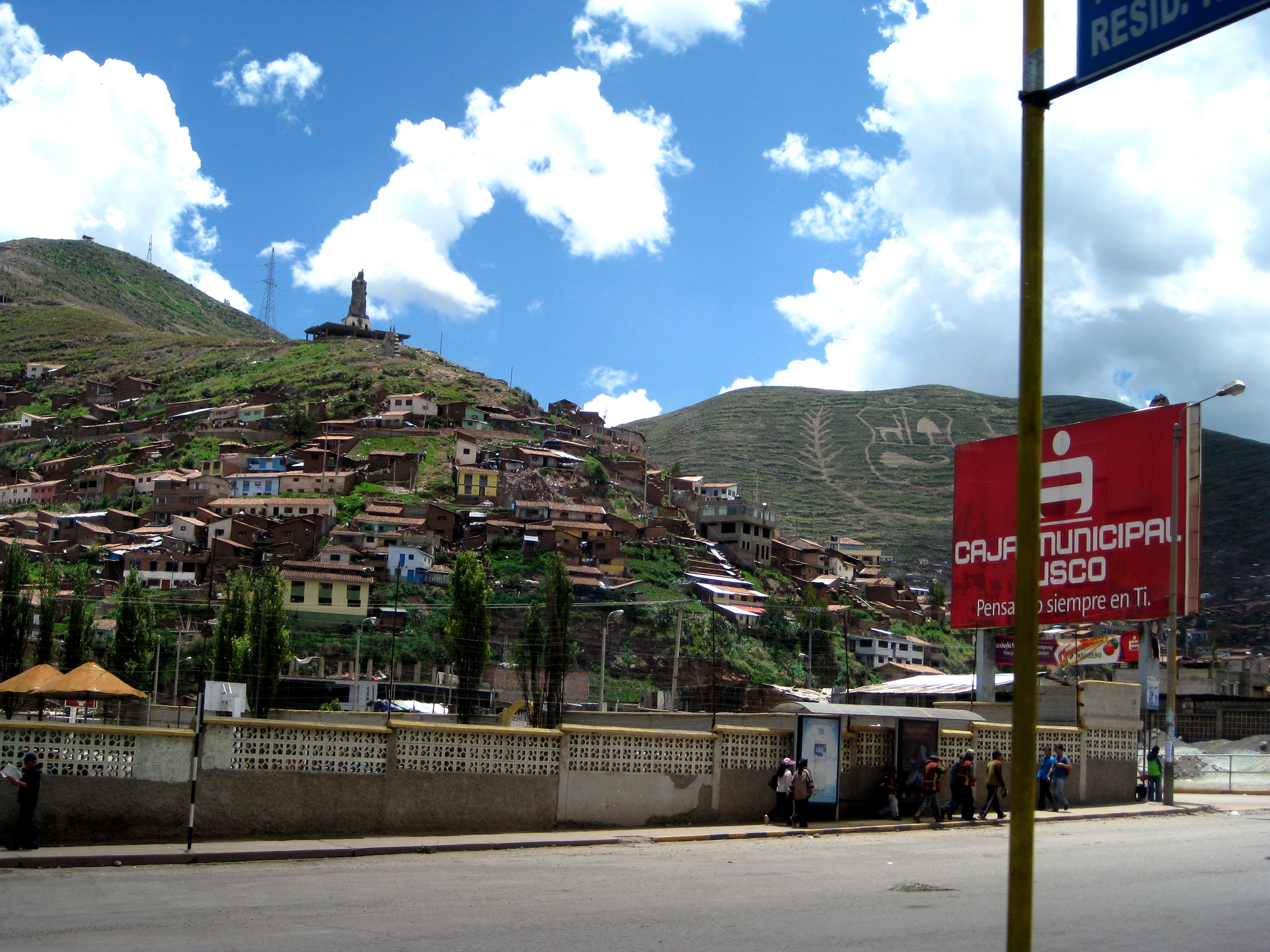
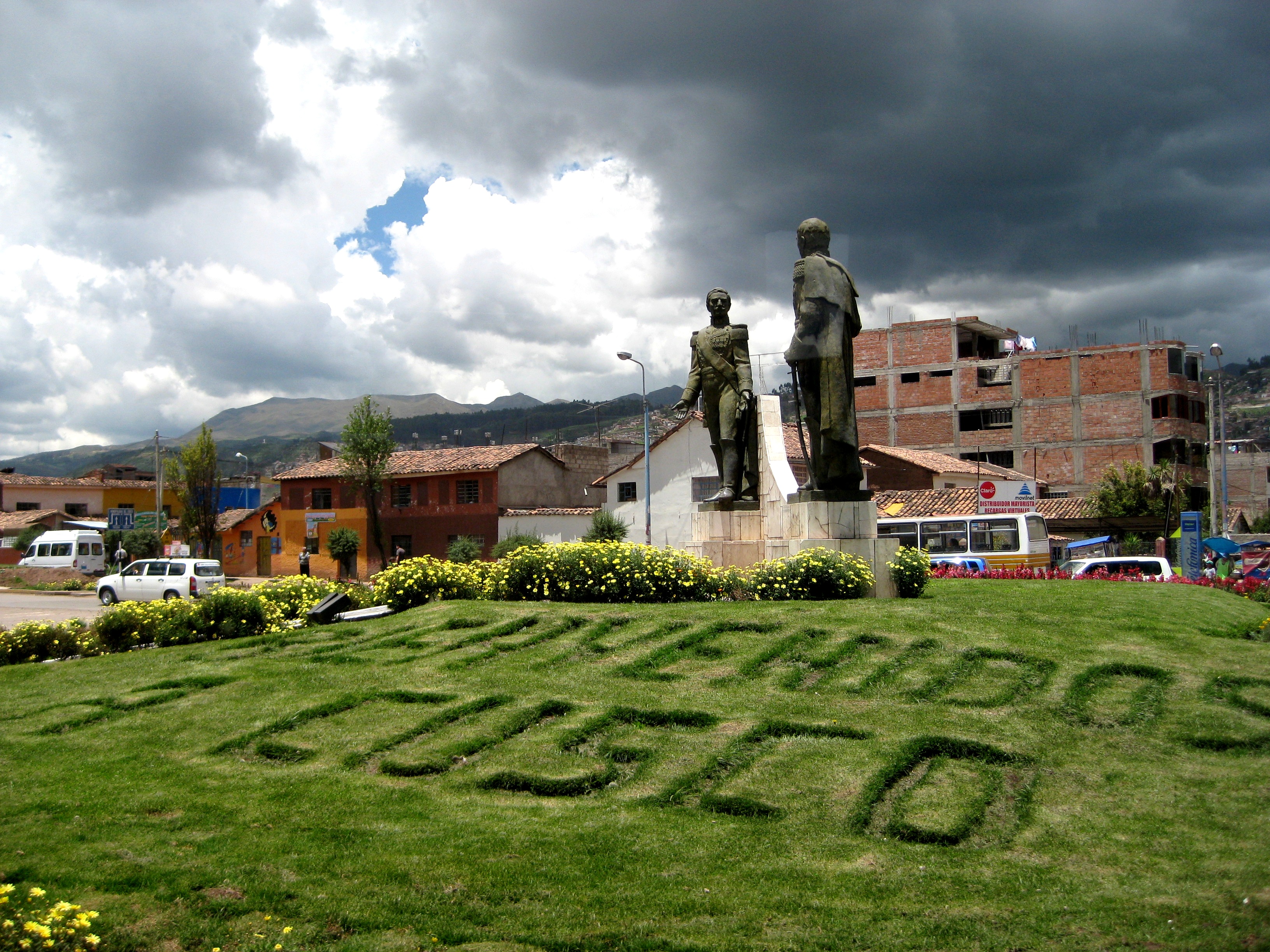
A woman with long, dark, thickly braided hair walks down the street. Her face is round and cheerful, and her circular, brightly-patterned skirt bounces along behind her as she walks. A colorful shawl is draped around her shoulders, and a wide-brimmed hat sits atop her braided hair. Strapped to her back is a small child with a colorful knit hat and pink cheeks, and in her arms is a small baby lamb. She meanders down the cobblestone walkways of the city, down narrow alleys and past stately colonial churches and cathedrals, finally stopping in a colorful and lively market, abundant with hand-painted trinkets and gifts.
Intrigued?

Welcome to Cusco, the historic capital of the Inca Empire.
Charming and cultural, Cusco is a place where you could easily get lost for days wandering the narrow cobblestone streets, festive markets and aromatic eateries. Needless to say, Cusco had me instantly hooked. Its one of those cities that I fell fast and hard for–likely because of how different it was than anywhere else I had ever been.
Cusco has a way of pulling you in and begging you to experience the fullest extent of its culture. Spend too long in Cusco, and before you know it you may one day find yourself dressed head-to-toe in traditional garb and walking your baby alpaca down the street (or maybe not). Read on to see my take on the 8 experiences every traveler eventually will (and should!) encounter when they visit Cusco.

1. Using coca leaves to cure altitude sickness
I actually didn’t believe that altitude sickness was a real problem before coming to Cusco. Sure, I knew that it was something that could happen to hardcore mountain climbers ascending above the cloud-line, but it seemed impossible to me that you could experience it just by flying somewhere. Yet sure enough, within several hours of landing in Cusco (with an elevation of over 11,000 feet) I could feel it setting in. I felt sluggish, and then my head started to hurt, and then I felt dizzy, and then I was running to the bathroom to throw up every last thing in my stomach. Imagine a hangover level 6 or 7 on the 1-10 scale, and that’s about what I was feeling. All I can say is thank goodness for coca leaves–my hotel offered me some hot coca tea which helped tremendously, and I was able to procure some raw leaves to chew on which was even better. Don’t underestimate the power of coca leaves when you visit!
2. Getting tipsy on Pisco, Chicha and Cusquena
Pisco, the national drink of Peru, is a strong-flavored brandy that is produced heavily in the Sacred Valley region. The hardcore Pisco-drinkers consume it straight, but you can also drink it in cocktail form as a Pisco sour. Either way, Pisco is an important aspect of Peruvian culture and I recommend giving it a taste, even if you’re not a big drinker. Chicha is a fermented corn beer, and is very popular among residents of the Andes. Non-drinkers can enjoy Chicha Morada, a non-fermented beverage that is made with purple corn and consumed like a soft drink. The sweet taste of these beverages wasn’t for me, but again, it’s worth giving it a small sample. Cusquena is one of the most popular domestic beers in Peru, and is widely available in Cusco. For me, it was easily the most-drinkable, as it has a pretty standard taste. However, I enjoyed sampling all of these beverages–although I recommend spacing out your “samples” unless you’re looking for an actual hangover on top of your altitude sickness!

3. Eating the local delicacies
There are three things that come to mind when I think of food in Peru: alpaca, ceviche, and Guinea pig. Before you throw up in your mouth, I want to clarify some things: alpaca is actually delicious. If you like beef, you will like alpaca. Just try not to think about the cute, fluffy versions of your meal running throughout Cusco and the Sacred Valley…okay, I’ll stop there. I actually didn’t try Guinea pig while I was there–I had complete intentions to, but then I saw one on a skewer that a street vendor was cooking and I just couldn’t go through with it. If you’re able to stomach it, props to you! If not, the ceviche (seafood “cooked” in lemon juice) in Peru is to die for and is a much less scary alternative.
4. Losing yourself in the city’s history
Cusco is an immensely historic city, with quite an interesting past. The entire city is a designated UNESCO World Heritage Site, and it’s easy to see why. The city as it stands today is a melting pot of Inca traditions and Spanish colonization. Inca ruins meet with Baroque churches; South American landscapes meet with Spanish language and Catholicism; ancient weaving traditions meet with colonial artwork. The history and architecture here will make your head spin, and you’ll love every minute of it.

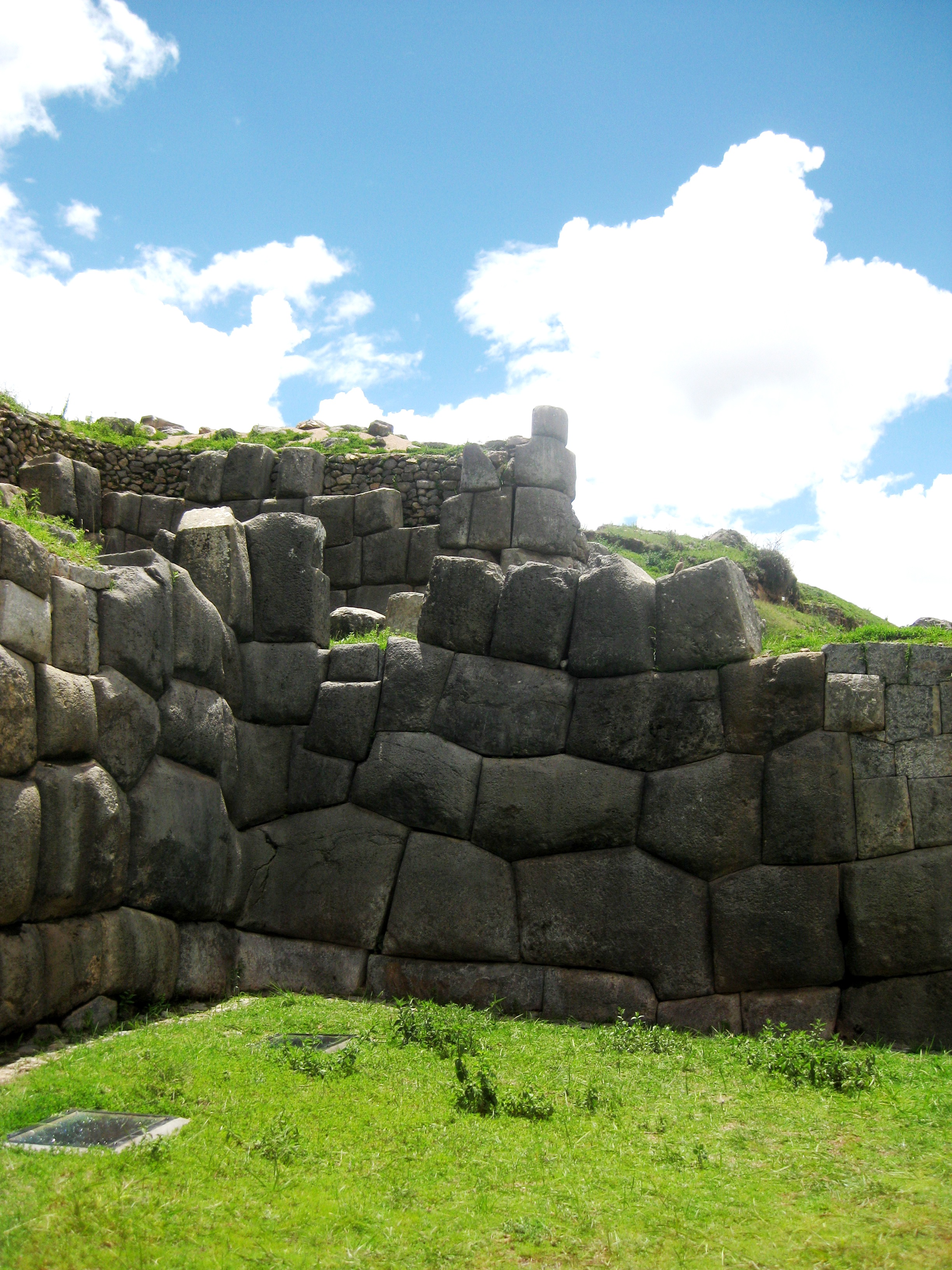
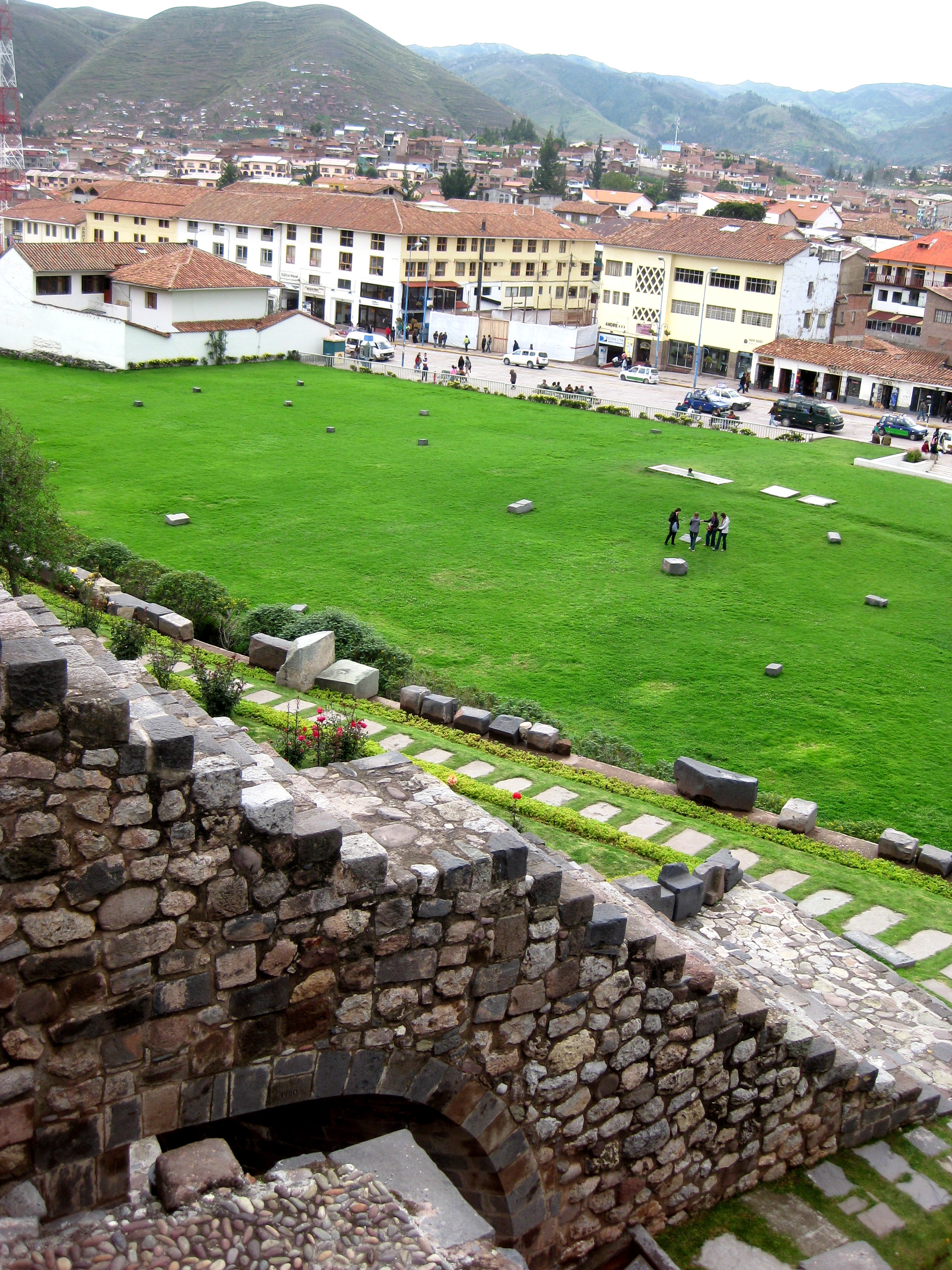
5. Browsing at the Mercado Central de San Pedro
I’m a sucker for markets, and the Mercado Central de San Pedro was no exception. It’s spacious and bursting with activities. The sights, smells, sounds and tastes are all so very “Cusco”, and I loved wandering the aisles and looking at all of the fresh produce. There are some nice handmade goods to buy here, but my favorite part was looking through all the fresh food.
6. Being persuaded to buy way more than you intended at the markets
Cusco has some of the most interesting handmade goods I’ve encountered in any city throughout the world. Although cheap, the clothing, decorations and trinkets available at the countless markets are genuinely beautiful, and I don’t regret any of my purchases. However, from what I can remember, I left Cusco with two decorative plates, a carved gourd, a woven doll, four colorful candles, a yarn finger puppet (I just couldn’t turn down the little girl selling this), an alpaca beanie for my sister, a pan flute for my other sister, two alpaca scarves, a water bottle holder (???), a decorative whistle, a painted retablo box, and a clay nativity scene. Whew.
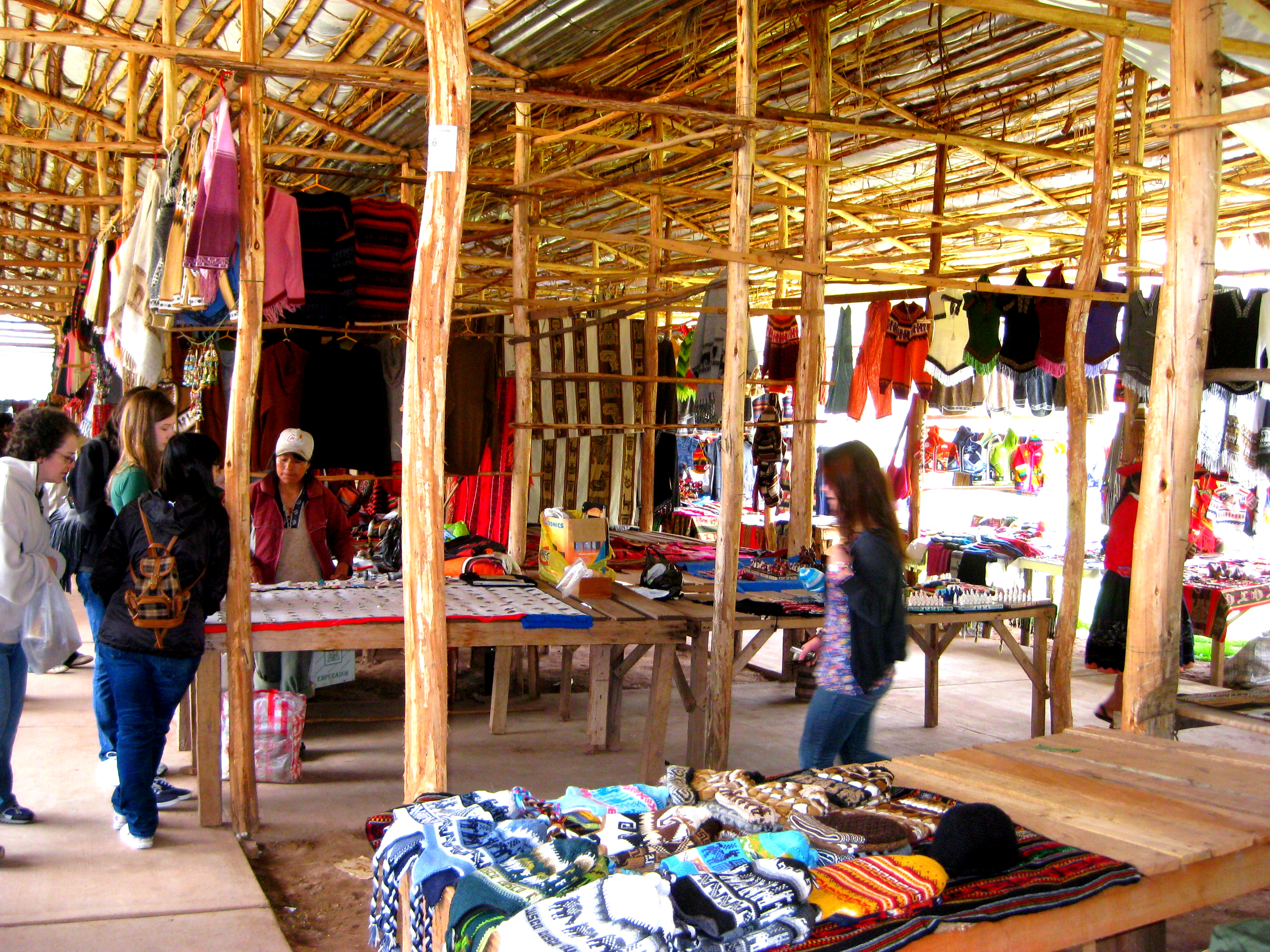
7. Encountering sensory overload from the colorful textiles
Textile traditions in Cusco date back thousands of years, and are heavily ingrained into the local culture. You’ll see examples of this everywhere, from colorful handmade goods in the markets to the highly patterned clothing worn by women and children on the streets. If you’re interested in getting a deeper look at this particular aspect of Cusco’s culture and history, check out the Centro de Textiles Tradicionales del Cusco. This Center aims to preserve the weaving tradition, by providing assistance to a number of weaving communities and documenting their methods and techniques.


8. Alpacas everywhere!
Seriously, there are so. many. alpacas. But, I’m definitely not complaining–the whole alpaca thing somehow never gets old here. You can visit them on a farm or animal sanctuary, or catch them casually hanging out near any of the popular ruins, or wandering down a market street with their owner. Not to mention all of the alpaca goods (blankets, sweaters, scarves, hats) and alpaca-themed handcrafted goods (pottery, dolls, paintings, etc).
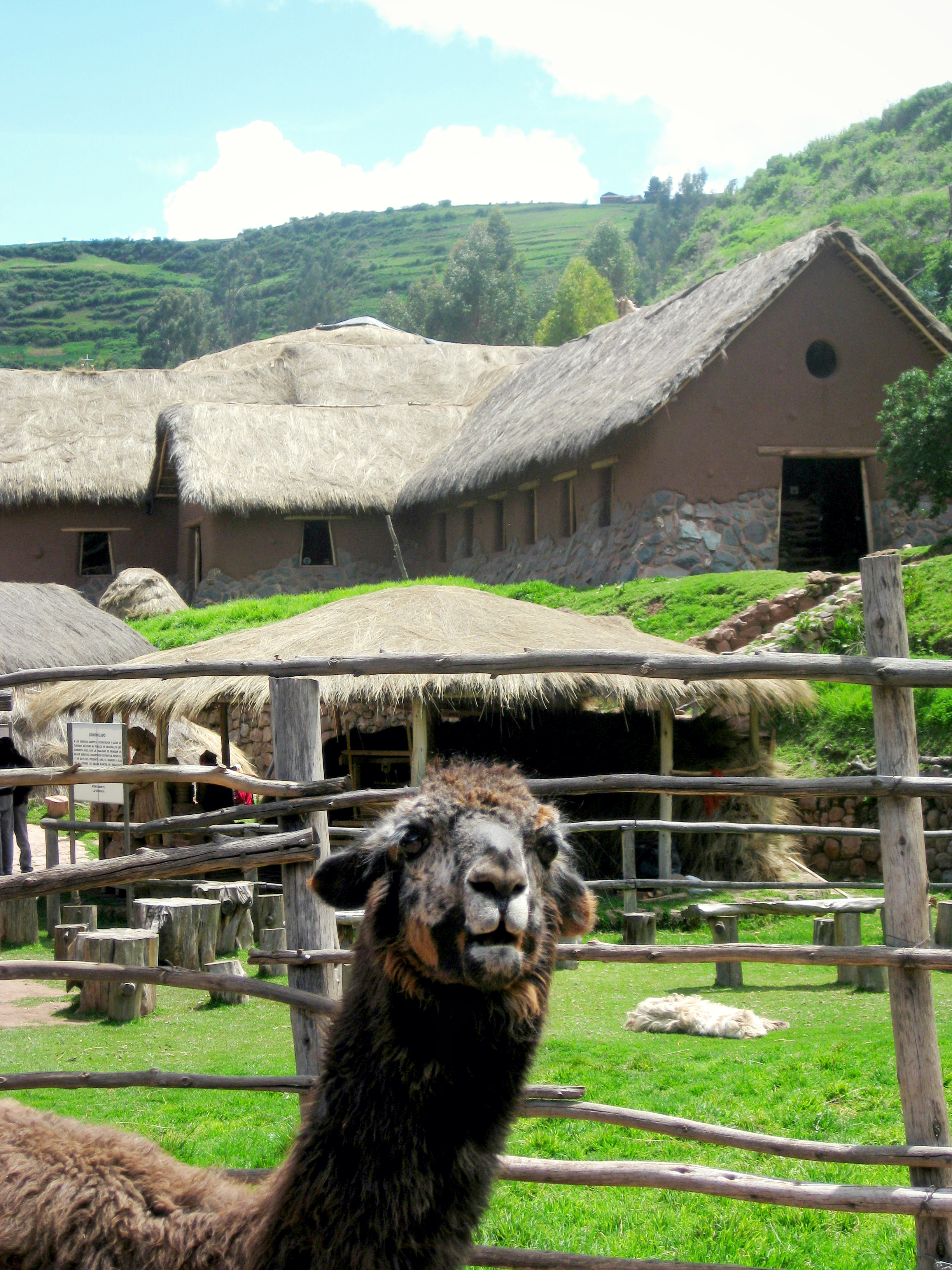

And that, my friends, is Cusco in a nutshell. It’s truly one of my favorite cities on this planet, because it’s impossible to visit without feeling the culture from every angle. In fact, I challenge you to visit Cusco without encountering the above 8 experiences (but not really!)
Have you ever been to Peru? Would you like to go to Cusco?
I loved Peru and Cusco. Didn’t do all the things you mention but I do remember getting very dry and itchy skin – the air must have been dry! We also went to Machu Picchu – what an amazing experience that was. Fabulous country.
I loved Machu Picchu as well. Peru is definitely an amazing country!
Cusco seems so cool! I’m pretty sure there’s no way I could eat Guinea Pig–but I could probably handle all of the other food and drinks. I love your pictures, thanks for sharing!
Haha, completely understandable! But seriously, all of the food I ate here was really awesome.
I’m going to Peru this August, and I seriously can’t wait! I’m kind of obsessed with alpacas, so I think Cusco will be right up my alley hahah